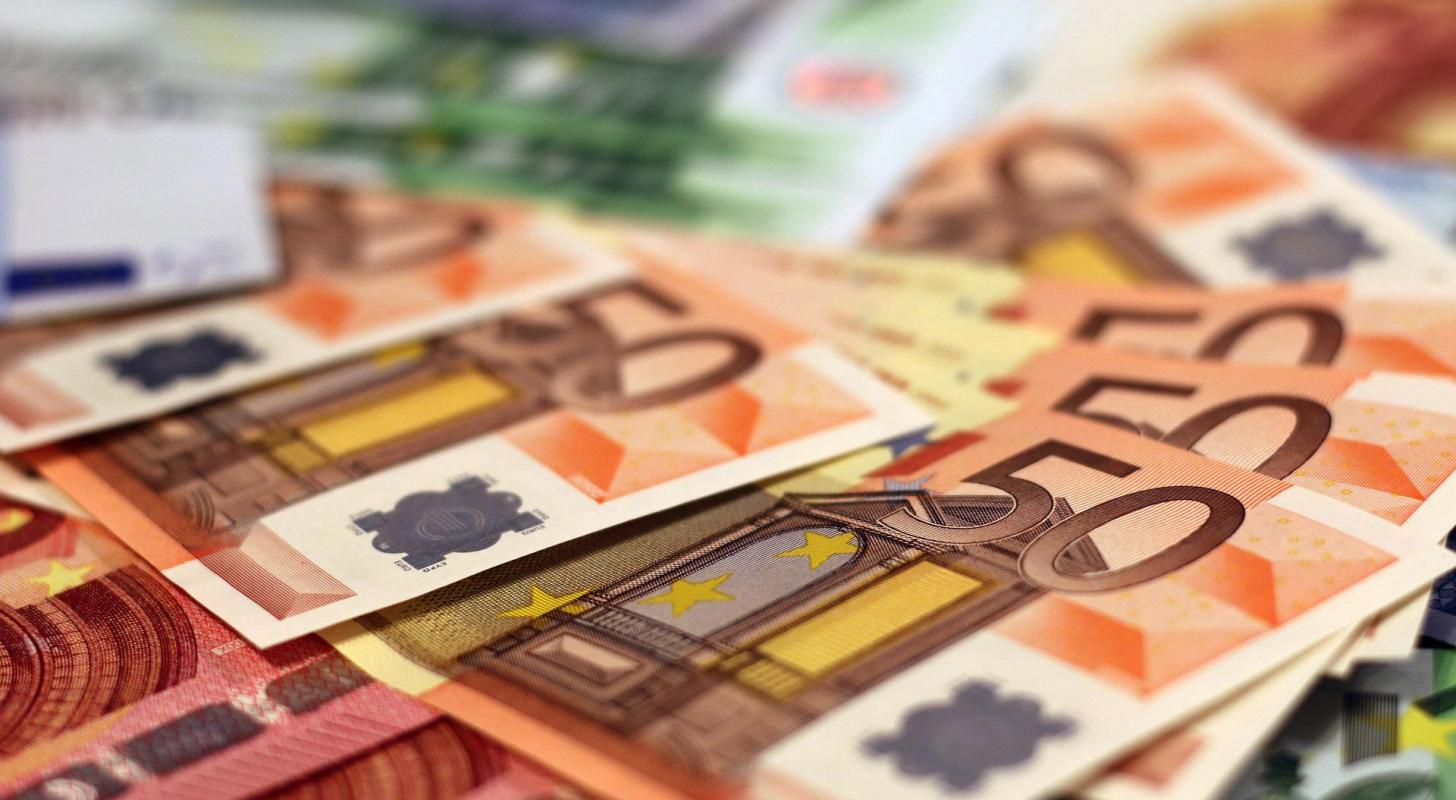Forex
The euro is at parity with the dollar. Why it happened and what it means for the economy

For the first time in 20 years, the euro has fallen to exactly one dollar. This was preceded by serious crisis phenomena in the European and American economies, and the change in exchange rates may be a consequence of a different response to the same crisis.
Why is the Euro falling?
At the moment, the euro is one step away from parity with the dollar – it costs about $1.0005 on world markets. The rate of 1 dollar to 1 euro has in fact already been reached.
The reasons for this are to be looked for from both sides – from the weakening of the euro and from the strengthening of the dollar:
- The dollar is rising on the back of the U.S. Federal Reserve’s tight monetary policy. The U.S. authorities are struggling with high inflation (it renews its highs every month), so the Fed is raising the interest rate at every next meeting. Higher interest rates make U.S. government securities more attractive to investors and this has a direct impact on the exchange rate. This is confirmed by the high value of the dollar index to other currencies (DXY);
- The euro has no reason to strengthen. The European Central Bank’s key rate policy remains soft – currently at minus 0.5%. EU countries are waiting for the ECB to take steps to raise the rate in order to fight inflation, and the rate may reach 0.75% by the end of the year. But so far this is not happening; inflation in the Eurozone reaches 8.6% (just like in the US), and the European economy is suffering from high energy prices.
Simply put, the reason for near parity is that the U.S. Fed is fighting inflation harder than the ECB. But the U.S. government debt service will become much more expensive for U.S. authorities, while European countries can still avoid unnecessary spending.
Among the reasons, experts call the current balance of foreign trade: EU countries have a negative (deficit of up to 1 trillion Euros) while the U.S. has a surplus.
What will be the consequences?
Among the obvious consequences of the weakening of the euro for the eurozone countries is the continued fall of the currency, a further increase in inflation, which will affect the standard of living in EU countries.
Experts predict the growth of tensions and economic problems in European countries:
- Today, achieved currency parity will not cause any significant consequences for the European economy. A fall below parity will signal the inevitable consequences of the energy crisis and the inevitable recession in the Eurozone. For U.S. companies, the weak euro means difficulties and problems with competitiveness in European markets.
- For European companies, a weak euro increases inflationary pressures through the rise in the cost of key imported raw materials for Eurozone companies. Theoretically, the weaker euro should be good for European exporters. At the same time, there are significant problems with energy supply in the Eurozone. This constrains the development of the investment potential of European industry for export. In addition, the weak euro reduces the attractiveness of assets denominated in European currency. As a result, investors will focus their investments in the United States.


 Forex3 years ago
Forex3 years agoForex Today: the dollar is gaining strength amid gloomy sentiment at the start of the Fed’s week

 Forex3 years ago
Forex3 years agoUnbiased review of Pocket Option broker

 Forex3 years ago
Forex3 years agoDollar to pound sterling exchange rate today: Pound plummeted to its lowest since 1985

 Forex3 years ago
Forex3 years agoHow is the Australian dollar doing today?

 Cryptocurrency3 years ago
Cryptocurrency3 years agoWhat happened in the crypto market – current events today

 World3 years ago
World3 years agoWhy are modern video games an art form?

 Commodities3 years ago
Commodities3 years agoCopper continues to fall in price on expectations of lower demand in China

 Economy3 years ago
Economy3 years agoCrude oil tankers double in price due to EU anti-Russian sanctions


























